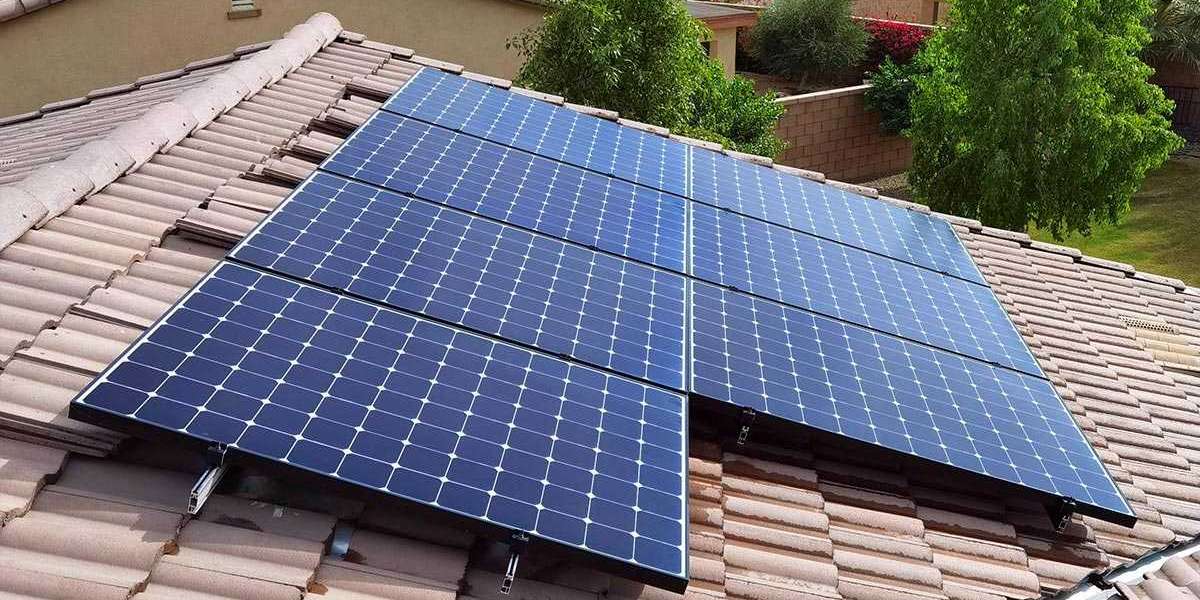But the true cost of solar panels and whether they help you save money depends on a few key factors. On average, the installation and system together can cost between $ 15,000 and $ 25,000, according to the Center for Sustainable Energy.
Before you jump in, learn how your electric bill, location, and incentives can affect your wallet over time. Here are six steps you need to take to determine if you will save more than you spend on solar panels.
Location greatly affects electricity rates. The national average is about 13 cents per kilowatt-hour, according to 2019 data from the U.S. Energy Information Administration.
1. Check your electricity bill
Solar panels generate their energy and therefore can greatly offset your monthly electricity bill, if not eliminate it. The higher your bill, the more likely you are to benefit from the change. But keep in mind that electricity rates and usage, the main charges on your statement, are volatile.
"If a utility company's electricity prices fluctuate, so could the amount of savings," says Garrett Nilsen, program manager for the US Department of Energy's Office of solar energy technologies. " Similarly, if the power consumption changes, the amount of savings may also vary. "
2. Assess your exposure to sunlight
More sun means more energy produced and greater potential for savings with solar energy. Certain states, like Arizona and California, average more hours of sunlight per day.
The orientation of your house towards the sun, the amount of shade, and the type of roof also affect the production of a solar system. You can estimate the efficiency of the panels in your area using the Solar-Estimate calculator. Enter your address, the average cost of your monthly energy bill, and your utility provider.
3. Estimate the cost of the residential solar panel
Most of the spending with solar panels is on the installation and purchase of the actual panels.
Long-term minimal expenses can offset upfront costs. "Most systems do not require a lot of maintenance and are designed to last 20 years or more with little change in the amount of electricity produced," says Nilsen.
When calculating the total price, consider the amount of energy you regularly consume (its use is indicated on your monthly utility bill) and the size of the system that will generate the necessary amount. Some tools, such as the Solar-Estimate calculator, estimate the size of the system for you.
With installation, an average 5kW residential system costs between $ 3 and $ 5 per watt, according to the CSE, resulting in a range of $ 15,000 to $ 25,000. That cost is before tax credits and incentives. If you know your current energy use, you can calculate how much you will have to pay for solar panels.
Then compare solar panels like you would other expensive items, like a car or TV, says Vikram Aggarwal, CEO of the Solar EnergySage market. Some companies reduce installation costs through rebates and other programs. Aggarwal recommends getting quotes from three to five contractors. EnergySage collects customer reviews, certifications, Better Business Bureau profiles, and other information from low-cost solar California companies to help you find reputable suppliers.
4. Look for incentives
The government offers homeowners significant incentives to install solar panels as an alternative energy source. For example, a federal residential tax credit allows taxpayers to claim 26% of the installation costs of systems put into service before December 31, 2020. The credit is reduced to 22% in 2021 and expires on December 31 of 2021.
The federal tax benefit is non-refundable, which means you can't get the savings in the form of a refund. Instead, you can reduce, and possibly eliminate, the amount you owe on your taxes.
Additional credits vary by location. Depending on your state, you may receive additional incentives like cashback, property tax exemption, fee waiver, and expedited permits. In some states, solar panel homeowners can sell excess power to their local utility companies. Look for available credits in your state by reviewing the database of state incentives for renewable energy and efficiency.
5. Monitor trade policy
Changes in government trade policy also affect prices. In January 2018, President Trump imposed a four-year tariff on imported solar cells and panels that started at 30% and fell 5% each year through February 2022. So far, the tariff has resulted in an increase of 16% per watt for the average consumer, which translates to an overall increase of $ 960 for a six kW system, according to EnergySage.
The cost of panels made abroad may still go down, diminishing the effect of the tariff over time. However, as the rate decreases, so does the federal tax credit. If you're leaning toward solar power, you could save more by doing it sooner rather than later.
6. make the call
If you live in an area with high energy rates and an adequate solar rating and can afford the initial investment, it is worth installing solar panels in your home while the 26% tax exemption applies, for the sake of the environment and your wallet. But don't expect to eliminate your energy bill overnight.
If you decide to buy solar panels, shop around and look for incentives. Note that you don't have to buy solar panels; you can also lease them. That offers a lower upfront cost, although since you don't own the panels, they won't add to the value of your home and you may not be eligible for incentives.














